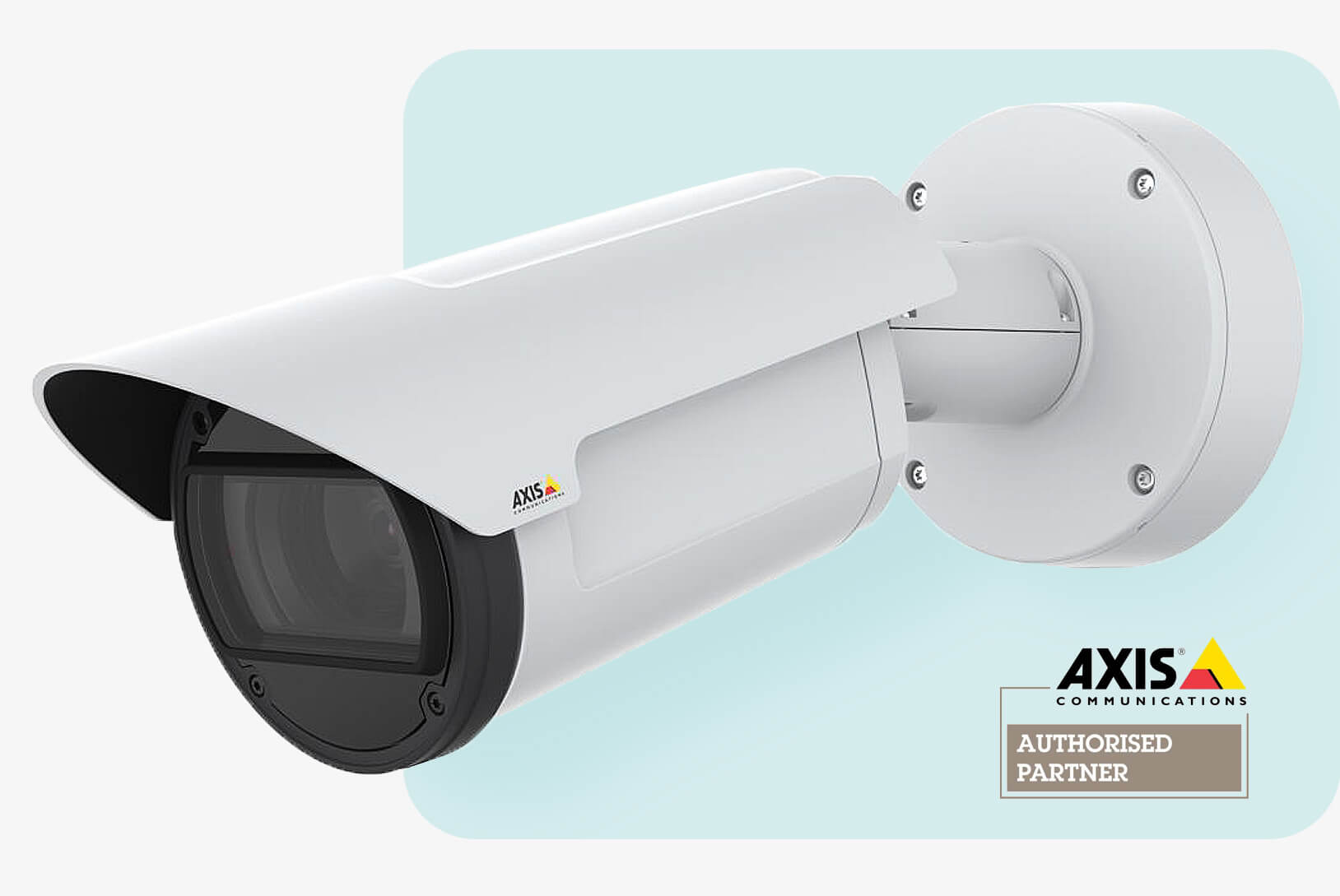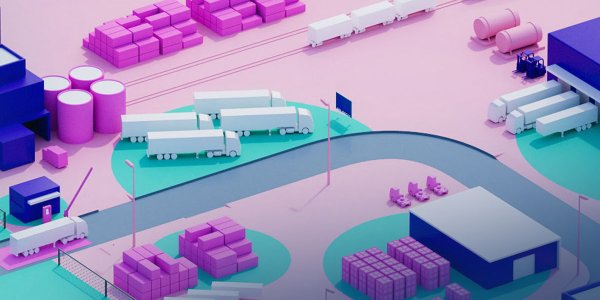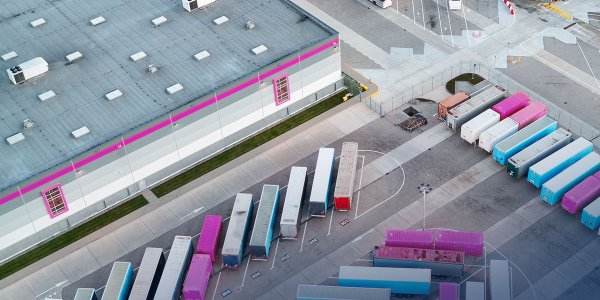Logistics and supply chain management are increasingly becoming a decisive factor for corporate success. We are facing completely new realities both inbound and outbound: In recent decades, rail access has been greatly reduced - in view of the urgent need for a turnaround in transportation, multimodal transport is the new standard, also in order to achieve sustainability goals. At the same time, the need for information continues to increase, especially when all major modes of transport come together. Without investment in digitalization and automation, it will not be possible to overcome the obstacles of the future.
Logistics needs new ideas
Creative ideas are needed to overcome these and many other hurdles - preferably today! Promising solutions include automated logistics processes, particularly in the warehouse and in the yard. Basically, information exchanged in advance ensures stable processes between the supply chain partners. Thanks to ever faster developments in the field of artificial intelligence, logistical decisions will soon be taken over by process-controlling and learning IT systems. Intermodal transport and alternative drivetrains will play a role in meeting increasing sustainability requirements.
While there has recently been a trend for companies to increasingly handle their own transportation, particularly for deliveries, this will increasingly be handled by external service providers in the near future. Due to the competitive situation and increasing internationalization, companies are concentrating on their core competencies (e.g. the production of goods). In turn, logistics service providers are working more closely with producers and shippers. The processes at the depot can easily be taken over by service providers. This is where the potential for change is still huge.
Welcome to the yard of the future
Smart yard management offers enormous opportunities - and yet is still often neglected. Yet logistics processes in front of and on the factory premises have an enormous influence on the efficiency of goods flows. Increasing digitalization and paperless handling make processes less error-prone and more cost-efficient. The data that can be obtained in the process just needs to be used!
Yard operators can already connect with their suppliers very easily today. Close cooperation with supply chain partners makes it possible to use real-time information about trucks inbound for planning purposes: When will which goods arrive and in what quantity? How are they packed? Which service provider is involved? Which means of transportation is used? With the help of this information, it is possible to predict the arrival of a shipment in advance and, to reserve space and capacity for unloading, for example. Retrieval orders can even be triggered fully automated.
There are already various smart expansion stages for gate-in today: manual registration, self-service terminals, check-in with IoT services such as OCR cameras and smart barriers or simply via a web app on a smartphone.

Handling in the yard focuses primarily on managing the flow of traffic and goods. As many details about the goods and means of transport are already known, the automated assignment of work steps to employees plays a major role. The entire process is monitored in the Supply Chain Control Tower. Resilience and deviation analysis are crucial. The truck is automatically guided through the process (navigation) and reports any anomalies, which are sent directly to the dispatcher for processing via a communication service.
In the future, transfer work from buffer areas to loading ramps will be largely driverless. In addition to the occupancy plan, a dispatcher also controls the operating software for AGVs. Swap bodies and trailers are transported to the respective handling points by the driverless transport systems. The feedback that a transport step has been completed is reported to the system in real time by smart sensors. The control station monitors the processes.
In future, there will be no more waiting times in outgoing traffic. The means of transport is captured by OCR cameras or the driver takes over the check-out via an app. All important documents are made available digitally (eCMR).
The advantages are obvious
A smart, fully automated factory site that will even manage without drivers in the future holds enormous potential and is a key component in reinterpreting logistics as a success factor. In addition to interesting side effects such as a lower risk of accidents due to fewer people in the yard or an improved working environment for employees, smart automation leads above all to improved capacity utilization and high cost savings. In addition, every company already has to pursue certain sustainability goals, which almost always involve reducing CO2 emissions. Fewer empty runs due to better information and planning can contribute to this.
A humanless yard: dystopia or utopia?
Neither of the two. In many areas, the aforementioned development steps are just around the corner. Humans will continue to play a decisive role, as systems need to be configured and monitored. However, their role will change noticeably: In the future, it will be more about process management tasks than operational activities on the premises. The simple, intuitive operation of IT systems is becoming increasingly important. In the future, these will have to control the most complex processes, sometimes even from a great distance: for example, it is conceivable that AGVs on the factory premises will be controlled by service providers. The internationalization of processes and companies will therefore continue to progress. We are already experiencing this in many cases with our clients. When there is cross-departmental cooperation, this often means international cooperation. In future, operational work will be carried out by machines - collaboration between people will take new paths, sometimes even across national borders, made possible by smart IT systems.

